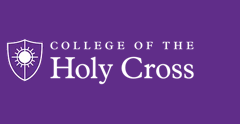Présence Francophone: Revue internationale de langue et de littérature
Abstract
Michel Ocelot's film Kirikou et la sorcière became a great success as soon as it hit the screens in 1998. It even inspired a sequel, Kirikou et les betes sauvages, whose release in 2005 earned the figure of the small African boy a permanent place in a wider Francophone imaginary. Originating in a traditional tale, Kirikou et la sorcière is an adaptation and, as such, the result of a transformation. Indeed, it is the result of a two-fold transformation involving a transition from the oral to the written, on one hand, and from the written to the visual, on the other. This series of shifts in medium has modified not only the status of the work but also the conditions of its reception. The aim of this paper is not merely to reflect on the film's success but rather to shed light on the underlining transmedia dynamics of this classic of oral literature.
Recommended Citation
Nyela, Désiré
(2018)
"Du folklore au cinéma: la transformation d'un classique de la littérature orale,"
Présence Francophone: Revue internationale de langue et de littérature: Vol. 90:
No.
1, Article 8.
Available at:
https://crossworks.holycross.edu/pf/vol90/iss1/8
Included in
Film and Media Studies Commons, Folklore Commons, French and Francophone Literature Commons

